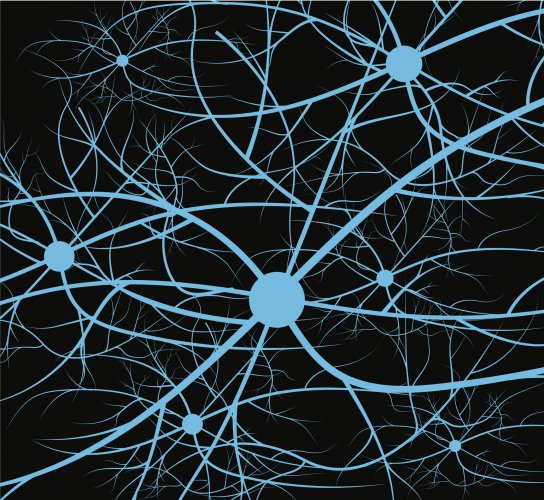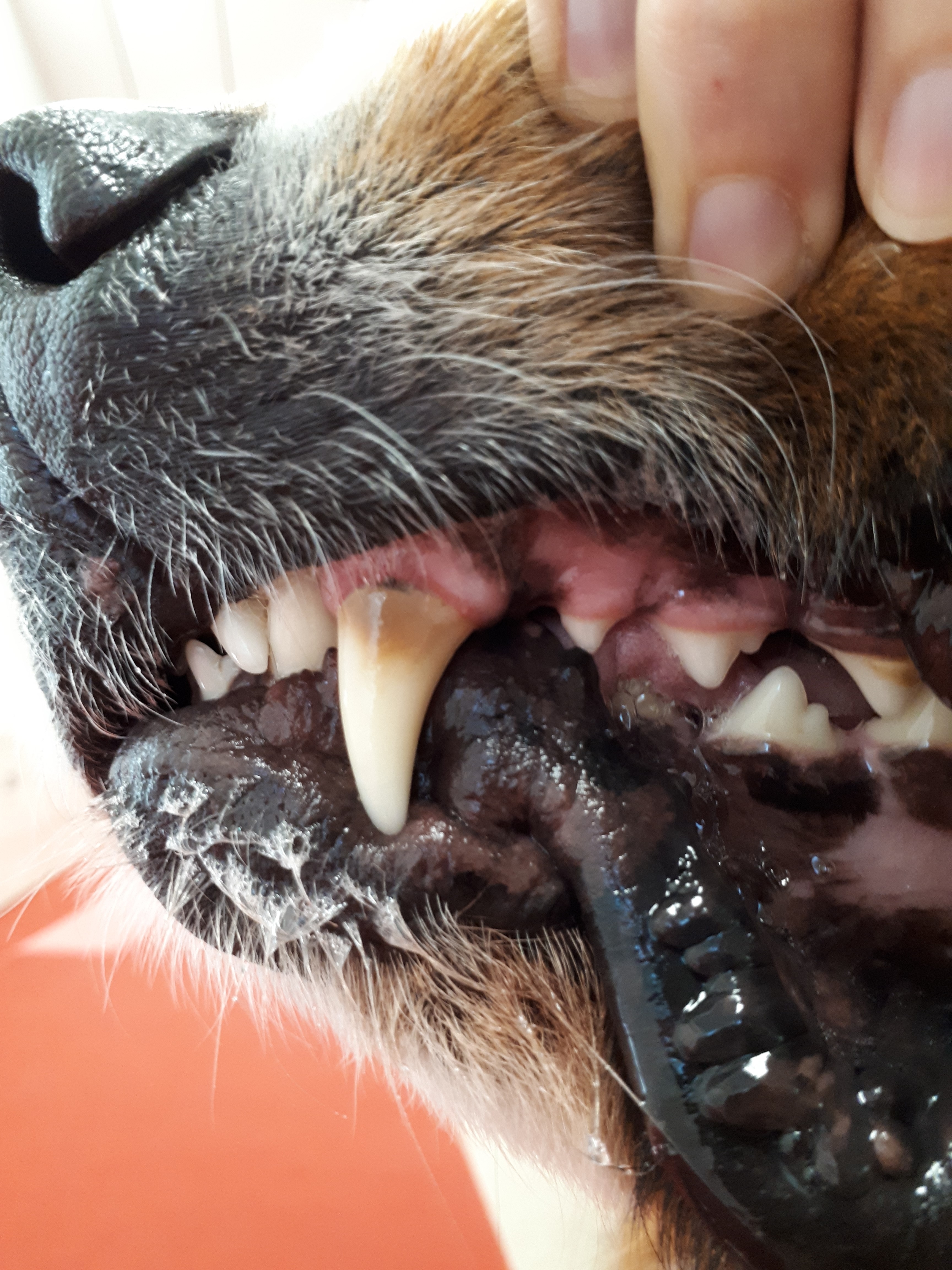In this prospective study, eleven Finnish Spitz dogs with focal idiopathic epilepsy (IE) and six control dogs were examined using electroencephalography (EEG) and 2-deoxy-2-[18F] fluoro-d-glucose positron emission tomography (FDG-PET), with epileptic dogs being evaluated during the interictal period. Three independent observers, blinded to the dogs’ clinical status, reported FDG-PET uptake abnormalities in 9/11 epileptic (82%), and 4/8 healthy dogs (50%) with the occipital cortex being the most commonly area affected in epileptic dogs. This suggests FDG-PET is a useful diagnostic test for dogs with suspected IE. Visual and semiquantitative analyses of FDG-PET scans provided complementary information. Results also suggested that epileptogenesis can occur in multiple brain regions in Finnish Spitz dogs with IE.

Cerebral glucose utilization measured with high resolution positron emission tomography in epileptic Finnish Spitz dogs and healthy dogs.
Viitmaa, R. et al.
 Purina: Your Pet, Our Passion
Purina: Your Pet, Our Passion




